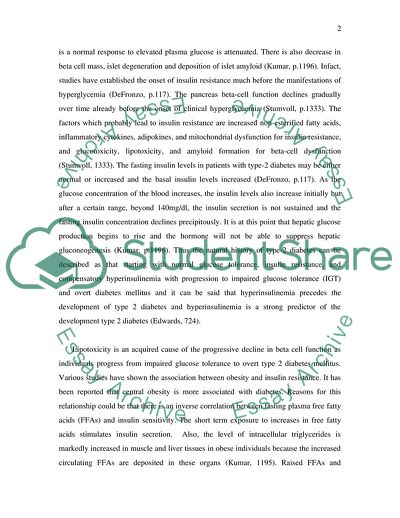Cite this document
(Metabolic Changes in Type-2 Diabetes Mellitus Assignment, n.d.)
Metabolic Changes in Type-2 Diabetes Mellitus Assignment. https://studentshare.org/biology/1710221-literature-review-of-metabolic-changes-in-type-ii-diabeticseffects-of-exercise-on-insulin-sensitivity-and-glucose-uptake
Metabolic Changes in Type-2 Diabetes Mellitus Assignment. https://studentshare.org/biology/1710221-literature-review-of-metabolic-changes-in-type-ii-diabeticseffects-of-exercise-on-insulin-sensitivity-and-glucose-uptake
(Metabolic Changes in Type-2 Diabetes Mellitus Assignment)
Metabolic Changes in Type-2 Diabetes Mellitus Assignment. https://studentshare.org/biology/1710221-literature-review-of-metabolic-changes-in-type-ii-diabeticseffects-of-exercise-on-insulin-sensitivity-and-glucose-uptake.
Metabolic Changes in Type-2 Diabetes Mellitus Assignment. https://studentshare.org/biology/1710221-literature-review-of-metabolic-changes-in-type-ii-diabeticseffects-of-exercise-on-insulin-sensitivity-and-glucose-uptake.
“Metabolic Changes in Type-2 Diabetes Mellitus Assignment”. https://studentshare.org/biology/1710221-literature-review-of-metabolic-changes-in-type-ii-diabeticseffects-of-exercise-on-insulin-sensitivity-and-glucose-uptake.


